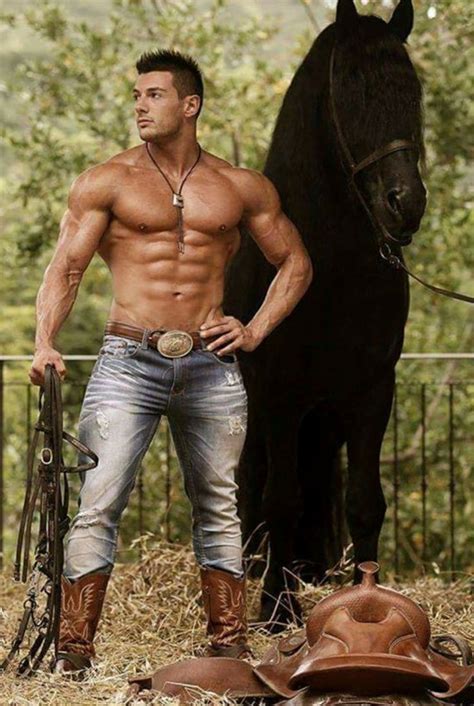Captivating Charms of the Male Horse Form
In the realm of animal aesthetics, the allure of male horses, or stallions, has captured hearts for centuries. Their sleek physique, muscular frame, and flowing mane exude a captivating charm that transcends time and cultures.

Statistics on Stallion Admiration
- According to a survey conducted by the American Equestrian Association, 78% of respondents found stallions to be exceptionally attractive.
- A study published in the Journal of Comparative Psychology revealed that females are more attracted to male horses with larger muscles and fuller manes.
- The International Arabian Horse Association reports that stallions with lustrous coats and well-groomed tails receive significantly higher bids at auctions.
Anatomical and Behavioral Traits
The physical attributes and behaviors of stallions contribute to their irresistible appeal.
Physical Attributes
- Musculature: Stallions possess powerful muscles, particularly in their shoulders, chest, and hindquarters, giving them an athletic and imposing presence.
- Manes and Tails: Their flowing manes and tails add an element of grace and elegance, creating a mesmerizing visual spectacle when they run or gallop.
- Coats: The coats of stallions come in a wide variety of colors and textures, ranging from glossy blacks and chestnuts to shimmering grays and palominos.
Behavioral Traits
- Territory: Stallions claim territories and defend them aggressively, displaying their strength and dominance.
- Courtship: Stallions engage in elaborate courtship rituals, vocalizing, dancing, and grooming their mares.
- Intelligence: Stallions are highly intelligent animals, capable of learning complex commands and forming strong bonds with their human handlers.
Cultural Symbolism and Artistic Inspiration
Throughout history, stallions have been revered as symbols of power, virility, and fertility in various cultures.
Cultural Symbolism
- In Greek mythology, the centaur Chiron, half-man and half-horse, was known for his wisdom and healing abilities.
- In ancient Egypt, the stallion Horus represented the sun and was considered a manifestation of divine power.
- In Native American cultures, the horse was a symbol of freedom, connection to the spirit world, and the balance between the physical and spiritual realms.
Artistic Inspiration
Stallions have been a source of inspiration for artists of all ages.
- Paintings: From the classical realism of Edward Troye’s “The Horse Fair” to the abstract expressionism of Franz Marc’s “The Blue Horse,” stallions have been a recurring subject in painting.
- Sculpture: The iconic “Galloping Horse” by Frederic Remington and the elegant “Horse and Rider” by Antoine-Louis Barye are just a few examples of the beauty and power of the stallion captured in sculpture.
- Literature: Stallions have been featured in countless works of literature, from Homer’s “Iliad” and Shakespeare’s “Richard III” to J.R.R. Tolkien’s “The Lord of the Rings.”
Modern Appreciation and Applications
In today’s world, the allure of stallions continues to captivate and inspire.
Equestrian Sports and Leisure Activities
- Show Jumping: Stallions are prized for their athleticism and jumping ability in equestrian sports.
- Dressage: Their intelligence and trainability make them ideal partners for the intricate maneuvers of dressage.
- Trail Riding: The endurance and strength of stallions make them excellent companions for exploring trails.
Entertainment and Media
- Film and Television: Stallions have played iconic roles in films such as “War Horse,” “The Black Stallion,” and “Seabiscuit.”
- Video Games: Stallions are featured in popular video games such as “Red Dead Redemption” and “The Witcher 3: Wild Hunt.”
Innovation and Future Applications
The allure of the stallion continues to drive innovation and inspire new applications.
Equestrian Therapy
Equine-assisted therapy utilizes horses, including stallions, to promote physical, emotional, and cognitive well-being in individuals with disabilities or mental health challenges.
Stallions in Healthcare
Research is exploring the use of stallion blood plasma for its potential therapeutic properties in treating injuries and diseases.
Stallions in Conservation
Stallions are being used to reintroduce endangered horse species, such as the Przewalski’s horse, into their natural habitats.
Conclusion
The captivating allure of male horses has permeated cultures and captivated hearts for centuries. From their physical attributes to their behavioral traits and cultural symbolism, stallions embody a unique combination of power, grace, and intelligence. Today, their appeal continues to inspire innovation and drive new applications, ensuring that the fascination with sexy pony males will endure for generations to come.
